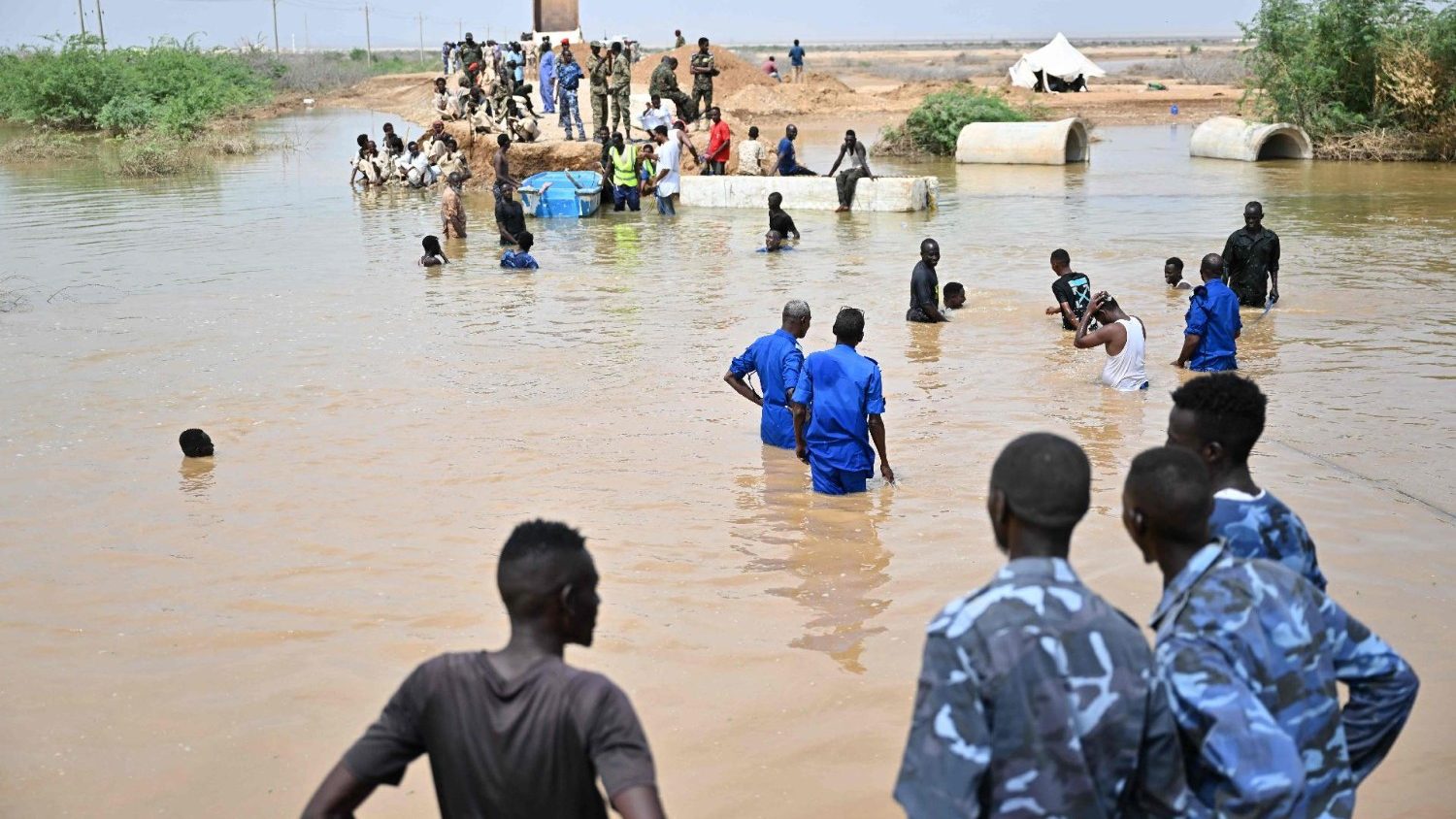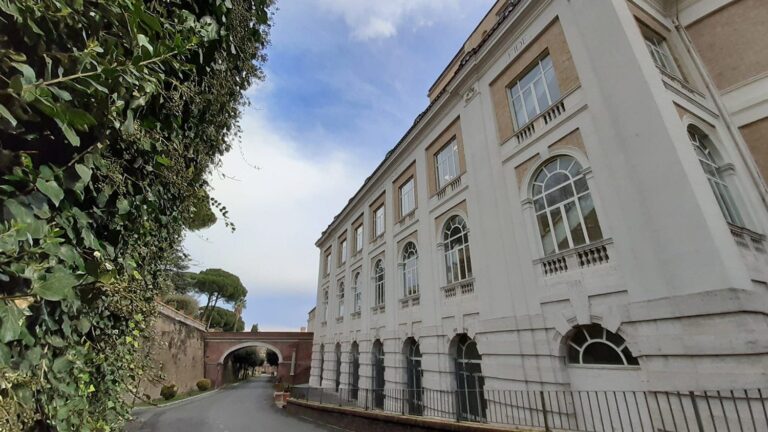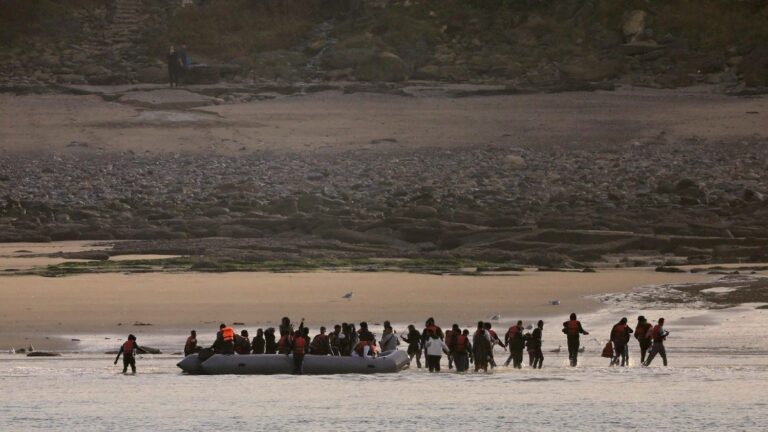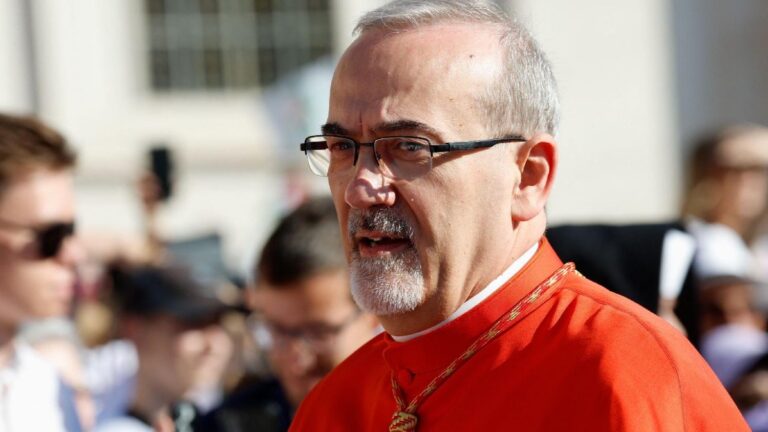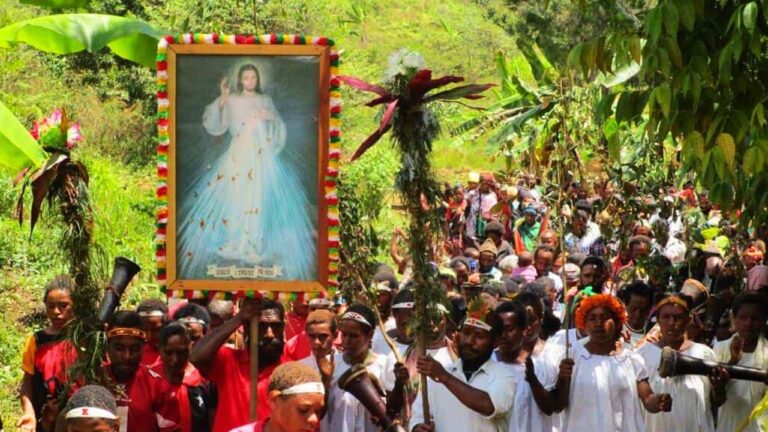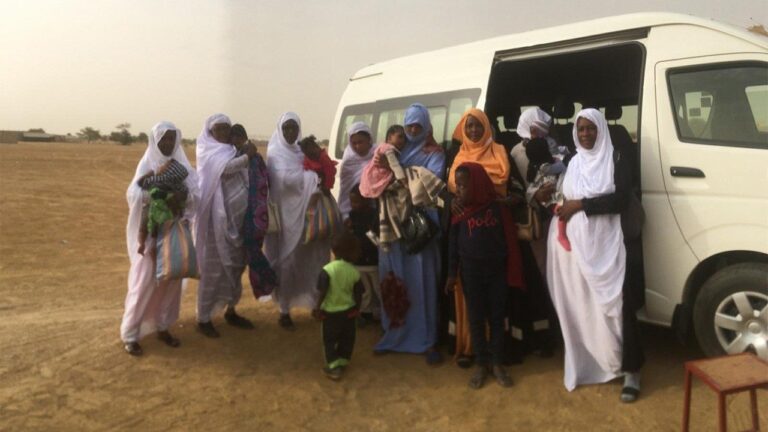Archbishop Horgan: Church in South Sudan vibrant amid challenges
As he begins his mission as the Vatican’s first resident representative in South Sudan, Archbishop Séamus Patrick Horgan speaks to Vatican News-Vatican Radio about the many challenges facing the young African nation and says the local Church is alive.
By Francesca Sabatinelli
The Church in South Sudan is alive and, despite the enormous challenges facing the world’s youngest nation, it bears tenacious witness to its unwavering faith and generosity. This is also made possible by the missionaries working in the country, men and women who, at the risk of their lives, do not abandon the faithful. While the United Nations is sounding the alarm about the dramatic situation in this African country along the border with Ethiopia due to floods that have affected more than 700,000 people, the new Apostolic Nuncio, Archbishop Séamus Patrick Horgan, has just begun his mission as the first resident representative of the Vatican in this African country born in 2011. In an interview with Vatican News-Radio Vaticana, he spoke of the challenges facing the country, one of the poorest in the world, and the local Church.
Q: Bishop Horgan, you have just begun your service as nuncio in one of the most difficult countries in the world, the youngest but also one of the poorest. What does your arrival in Juba, South Sudan, mean to you?
I have only been here for a week, so my knowledge of the country is obviously still a little limited. It has been an eventful week, starting with a very warm and beautiful welcome at Juba airport a week ago. The local Church was there, represented by a few bishops as well as by the faithful and many religious. I must say that there is a significant presence of religious institutes in the country. Then there were also the faithful of the local parishes who welcomed me with joy and warmth. So it was a good start, and I must say that I immediately felt at home.
Q: Your Excellency, in recent years, with the visit of Cardinal Parolin in 2022 and the apostolic journey of Pope Francis in 2023, the Church of South Sudan has proven to be a vibrant Church. Is that your first impression?
Yes, certainly. On Sunday, I had the opportunity to celebrate Mass in the Cathedral of this Archdiocese, where Cardinal Stephen Ameyu Martin Mulla was present, along with a large number of priests and faithful. I was able to meet the diocesan community of Juba and participate in a joyful celebration. Yes, one has the impression of a living Church, a joyful Church, that is the main lesson. Even if it is in a context that faces great challenges, the joy is there.
Q: The challenges facing South Sudan for a long time include a very difficult humanitarian situation, severe flooding that has ravaged much of the country and the effects of the conflict in Sudan that have caused a massive influx of displaced persons. For example, South Sudan, despite its poverty, is now facing the arrival of refugees and displaced persons, including religious men and women…
Indeed, all these challenges are obviously interconnected. The local Church also contributes to welcoming refugees from Sudan, as you mentioned, and it also brings the Gospel to the refugee camps. From what I have seen so far, there are various camps in the country for internally displaced persons and refugees from outside. This is a great challenge for a country that already has its own internal difficulties. As for those arriving from Sudan, during my first week here I had a very moving meeting with a group of Salesian sisters who ran a mother and child centre in Khartoum before the war, which broke out over a year ago. During the first year of the war, they remained in Khartoum, unable to leave, but with those in their care. After a year of conflict, they managed, in a rather dramatic way, to leave Khartoum by the Nile, to arrive in Port Sudan and to reach Juba on the same day that I visited the Salesian house. In this way I was able to meet them, to listen to their story and to assure them of the presence and closeness of the Holy Father. It was a very beautiful moment and these women, despite the suffering they endured, gave a testimony of joy and fidelity to their mission. For me, it was a moving encounter with women of great faith, who try to return from where they came and to resume their work when they can. This, in my opinion, is the face of the missionary Church. It is the face of our wonderful missionaries, men and women. It was a moving moment and, at the same time, a demonstration of what the Church can do in situations like this. These are stories of heroism of our missionaries, which we must not forget. So this has been part of my first week here, a very beautiful moment that has also shown the dramatic reality of the situation in Sudan and its impact on South Sudan. In addition, a few days ago, we had a meeting where the seriousness of the flooding problem was highlighted again. The country is currently experiencing heavy rains, which could cause flooding, a phenomenon that often occurs in September and October.
Q: You are the first resident nuncio, permanently based in Juba, and this is the first time this has happened…
Of course, I did not expect this appointment, but I am very happy about it, because we have gone from a nuncio based in Nairobi who oversees things from there to a resident nuncio here. I hope that this will help the local Church. I will do my best to be the Pope’s presence in this country which is very dear to the heart of the Holy Father, as we know. The Church in all countries, in all conditions, must always preach the Gospel. This is the work of the Church, whether in situations of material poverty or even spiritual poverty. I will do my best here to support the essential work of the Church and also to help, in any way possible, materially. But, as the Pope says in the Apostolic Constitution Praedicate Evangelium, our primary mission is to proclaim the Gospel, which remains the main challenge of any society.
